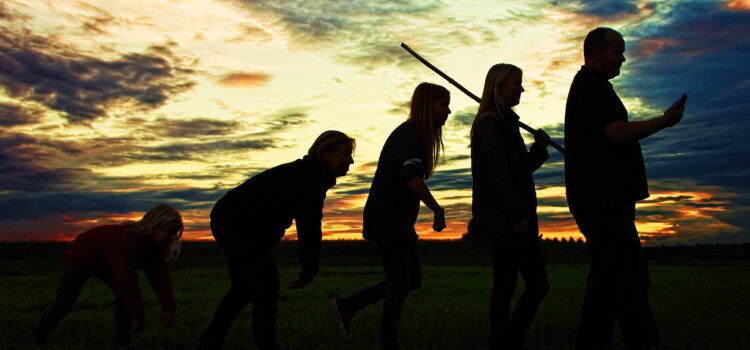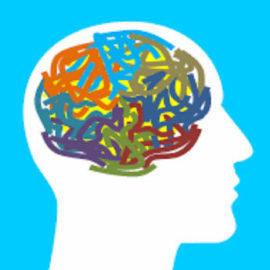

This article is an excerpt from the Shortform book guide to "Behave" by Robert Sapolsky. Shortform has the world's best summaries and analyses of books you should be reading.
Like this article? Sign up for a free trial here .
What is the kin selection theory? Why do we feel compelled to protect our family members at all costs?
Kin selection is a term in evolutionary biology that means potentially sacrificing your own welfare or reproductive success in favor of your relatives’. For example, risking your life by fighting off a home intruder to protect your family. It evolved because, by definition, your relatives share many of your genes, so keeping them alive helps pass those genes on.
Keep reading to learn about the psychology behind kin selection.
Kin Selection: Protecting Your Family
The kin selection theory explains a great number of human behaviors, but that we can also find countless examples of people going against what kin selection should dictate. For instance, we can read news articles about people killing family members, or millionaires donating incredible amounts of money to strangers.
Sapolsky’s theory is that humans do follow kin selection, but the way we decide who our “kin” are isn’t entirely rational. On the one hand, we can look at total strangers and find similarities to ourselves. On the other hand, we can reject even our closest family members if they, for instance, behave in ways we find unacceptable.
Furthermore, we can be manipulated into feeling more or less related to others. Propaganda can paint groups of people as dangerous and monstrous—barely even human, let alone kin. And, conversely, campaigns emphasizing people’s humanity and similarities to us have been crucial in everything from promoting LGBTQ+ rights to raising funds for cancer research.
Hamilton’s Rule of Kin Selection
Hamilton’s rule quickly and efficiently explains kin selection. Hamilton’s rule is the equation r * B > C, (r times B is greater than C), where r is relatedness, B is the benefit to the recipient, and C is the cost to the one taking action.
For example, your sibling has 50% of the same genes as you do (on average), so your r is 0.5. Therefore, if an action would have more than twice as much benefit to your sibling as cost to you, kin selection dictates that you would perform that action. A half-sibling would have an r of 0.25, so the benefits would have to be more than four times greater than the cost to you.
While this equation only directly applies to people who are genetically related to you, it can provide a hint about how far you’d be willing to go for someone. How close do you feel to this other person? For example, do you think of him like a brother, or is your relationship more like close cousins? How you answer those questions could change the r value of Hamilton’s rule, even when it should logically be zero.

———End of Preview———
Like what you just read? Read the rest of the world's best book summary and analysis of Robert Sapolsky's "Behave" at Shortform .
Here's what you'll find in our full Behave summary :
- An exploration of the myriad influences on human behavior
- A scientific look at why some people do such terrible things
- If there's really such a thing as free will






